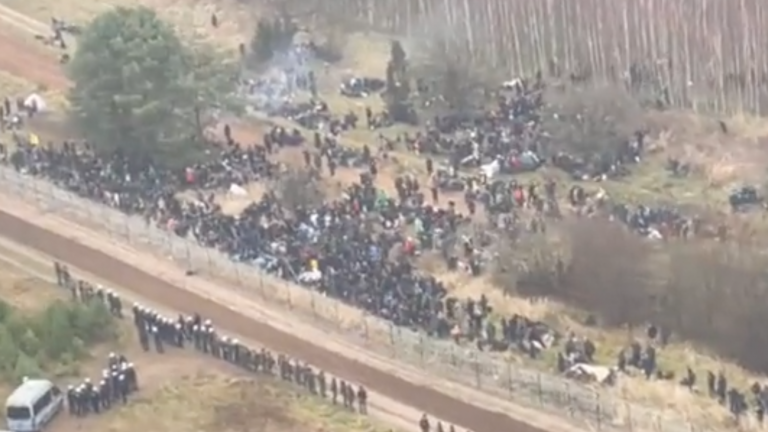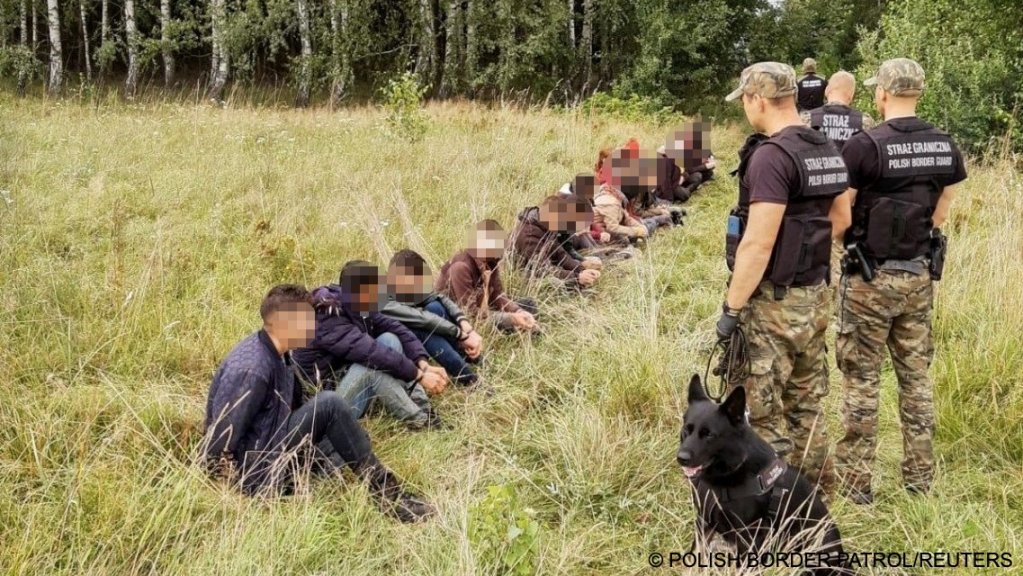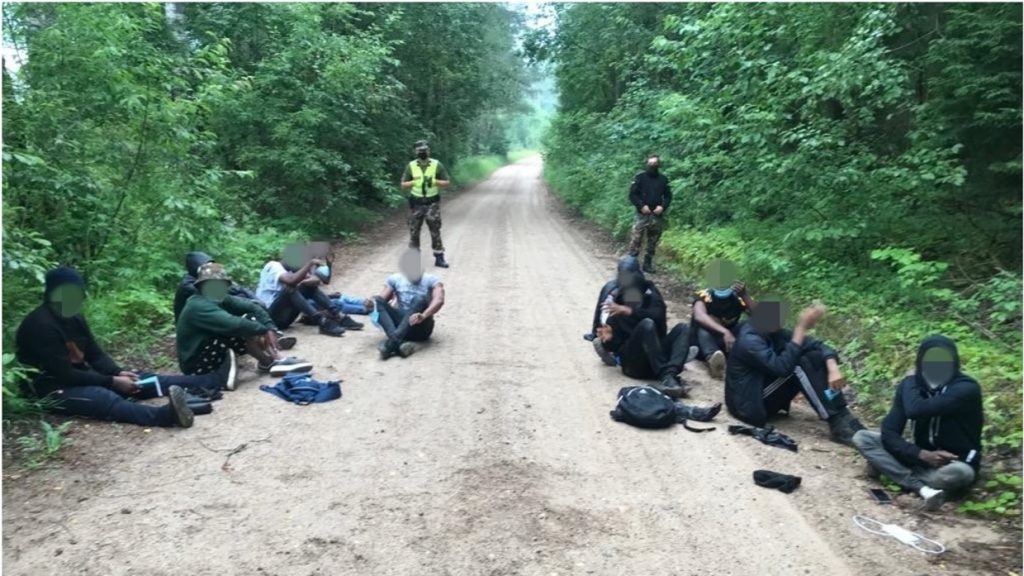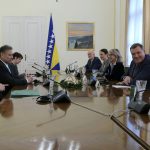The tension on the border between Poland and Belarus is growing. Bigger and bigger crowds of refugees are sent towards the eastern gates of the European Union. At this point it is hard to determine how all of this will end. We can also observe some escalation steps taken by Aleksandr Lukashenko but is he the real decision maker during this crisis?
How did it all start?
Poland doesn’t have a very good relationship with Belarus. There is some tension between the two nations, as there are many actions taken by Poland or Polish institutions to support the opposition in Belarus. Obviously Aleksandr Lukashenko thinks that such actions are unacceptable. During the last year’s presidential elections in Belarus, the main opponent of Lukashenko, Sviatlana Tsikhanouskaya, has visited Poland and was warmly welcomed by the local officials. Poland also supports independent media in Belarus, and during the protests that were held last year it also voiced its support. If we add all of this together, we can clearly see that Lukashenko has some unfinished business with Poland, and it seems that now it’s his payback time.
Slowly testing the escalation ladder
At first there were only occasional crossings of the green border between Poland and Belarus. It is a hard to monitor region without any significant natural or man made obstacles that would stop people willing to get to the EU. Up to some point, the Polish Border Guard was able to control the situation, but after some time things started to get ugly. There were more and more people sent towards Poland and at some point the government in Warsaw has decided to construct some temporary obstacles formed of barbed wire and sent more troops to monitor the situation. Later on there were reports of little green men crossing the border, armed and reloading their weapons in front of the Polish border guard. The last step that we can observe now is sending massed caravans of people and pushing them toward Poland. They are surrounded by Belarusian troops without any markings and sometimes dressed more like ISIS fighters and not like regular soldiers or border guard.
Who is crossing the border?
The easy answer is refugees, but this is not true. If those people were refugees, then the first country they are getting in should take care of them. That country would be Belarus. When trying to leave Belarus, they are becoming migrants seeking better life in the West, as we have to make it clear that Poland is not their target. They want to go to Germany, France, and other rich states of the old core of the EU. Poland is just a transit country for them. Polish Police were fighting vigorously with human trafficking, but not every bus can be searched and not every road ca be monitored, and for smugglers this is a very lucrative business.
We also have to take into account that the people we are observing on the Polish border were brought to Belarus by planes. They didn’t walk on foot from Iraq, Afghanistan, Syria or any other torn by war country. Such endeavours cost a lot of money. At this point we don’t know if the transfer costs to Belarus were covered by the migrants or sponsored by third-party actors. One thing is clear. They all show up on the border well-prepared for the current weather and equipped with tolls to cut the temporary erected barbed wire fencing.
Obviously women and children are used as human tools to soften the public opinion stance on the whole situation. The main actors standing behind the crisis know perfectly well how to manipulate the western public opinion.
Who is the playmaker of this nasty game?
Obviously Aleksandr Lukashenko is the frontman of the whole situation, but we have to remember that nothing substantial can happen in Belarus without the blessing from Kremlin and Putin himself. We can safely assume that this is a coordinated plan, or even possibly a plan crafted by Moscow and executed by Minsk.
The EU sanctions on Belarus and Russia are putting a lot of pressure on both nation’s economy and its elite. Escalating a border crisis and then signalling a will to sit at the table and de-escalate would be a plan resembling good old KGB tactics. They create a problem and help to resolve it.

We have to also take into account that the new German government that is forming is not that pro Russian as the former one was. There are some hints that the Nord Stream 2 pipeline which was recently finished might get a second look, at least by some members of the new government. Moscow might be sending a clear signal to Germany that they should stop having second guess about the gas deal. If they don’t thousands of migrants could again start flooding the country but this time not from the south but from the east.
A crisis in the western part of Belarus could also be used to “help” Lukashenko. This could easily end with sending Russian troops to the border as “peacemakers”. They could then stay at the border forever, which would effectively put the Russian army right at the NATO border.
How the EU and NATO can resolve this situation?
The solution is simple. Both organizations should stand united and give Moscow and Minsk clear signals that such actions will be confronted with a resistance. EU institutions should be present on the eastern border of the union and NATO observers should overwatch what is happening in Poland as the situation could be easily escalated. We also have to clearly state that the countries affected by Lukashenko and Putin’s actions should be internally united. This was the case with Lithuania when Belarus was pushing waves of migrants towards their border. When it comes to Poland, Putin and Lukashenko are cleverly playing the conflicts between the Polish ruling party and the opposition. The liberal democrats are trying to diversify themselves from the current government, up to the point of shaming the Polish soldiers and border guard for doing their job and protecting the Poland’s and EU borders. This is clearly recognized by Moscow and Poland is being played. Therefore, as mentioned earlier, only an internally united nation and united international institutions willing to stand together can put an end to this crisis.
Post Author
Author
-

Ph.D. in liberal arts in the field of military history, specializing in military aviation, analyst in the field of military aviation, defense, modern warfare geopolitics and security.
View all posts







Pingback: Belarus-Poland border: conflict resolution scenarios - Robert Lansing Institute